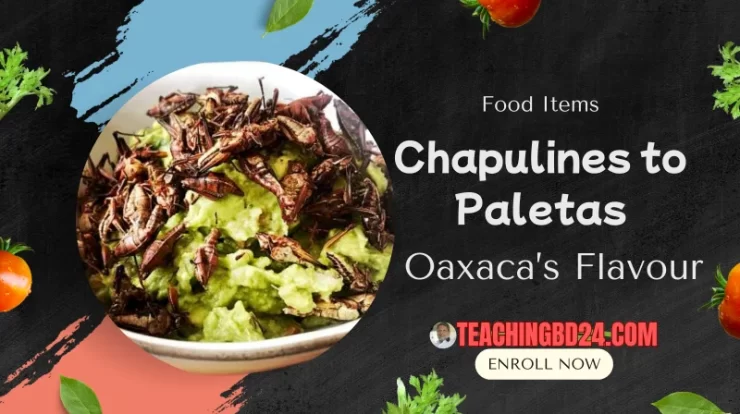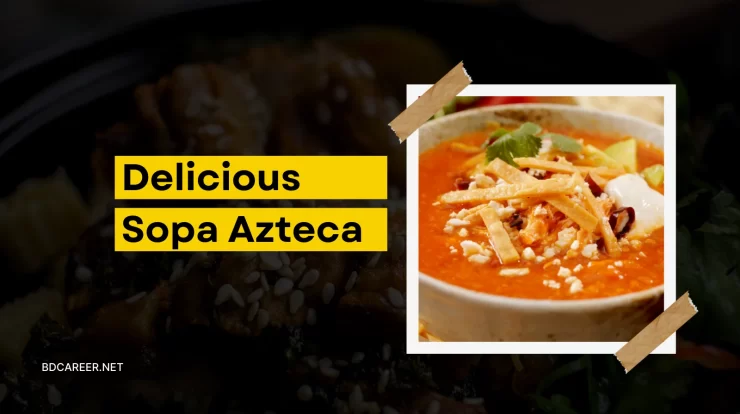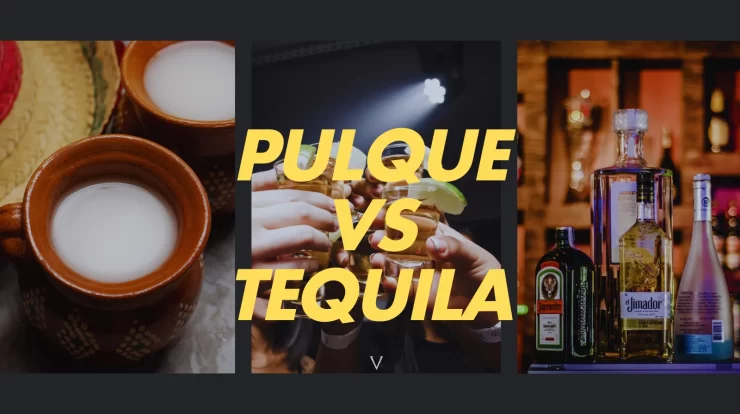
Mexico is a place of contrasts, where old ways of doing things intersect with new ways of doing things. Pulque, the frothy, fermented sap that was formerly exclusive to Aztec gods, and Tequila, the distilled liquor that has taken over the world market. Now these two are very popular drinks. These two cocktails really show this balance.
In this article, we will discuss in-depth details about both beverages. In the end, you’ll understand why these drinks are more than just beverages. These are the symbols of Mexico’s evolving identity. Let’s start the discussion from the beginning.
Contents
Origins of Pulque & Tequila
Pulque is one of the Americas’ oldest drinks, dating back more than 2,000 years. Made from the fermented sap (aguamiel) of the maguey agave, it was regarded as “the drink of the gods.” Pulque, which was somewhat sour, fizzy, and milky, was considered sacred in Aztec society and was only administered to priests, nobles, and soldiers under tight laws.
Tequila, on the other hand, arose in the 16th century, following the introduction of distillation through Spanish colonisation. In Jalisco, natives burned and fermented blue agave hearts before distilling the juice into a stronger, longer-lasting whisky. Unlike pulque, which spoils quickly, tequila may be stored and exported. Over the centuries, it evolved into a cultural and economic emblem of Mexico, which is now protected by Denomination of Origin criteria.
Pulque vs. Tequila: Key Differences
At first glance, both drinks seem to come from the agave plant, yet there are significant differences:
- Process: To make pulque, you ferment raw agave sap. To make tequila, you need to distil cooked agave sugars.
- Alcohol content: Like beer, pulque has a typical alcohol level of 2–7% ABV. Like whisky or vodka, tequila has an alcohol content of 35–40%.
- Taste: Pulque is sour, yeasty, and a little sweet, and it has a thick, almost milkshake-like texture. Tequila is clear, smooth, and can taste like anything from citrus and pepper (blanco) to sweet, caramelised, and oaky (añejo).
- Shelf life: Pulque goes bad in a few days and needs to be drunk fresh, although tequila can remain forever in a sealed bottle.
- Cultural use: Pulque used to be a holy drink, but now it’s a simple, handmade drink. Tequila is Mexico’s ambassador to the world and is an integral part of cocktails and celebrations worldwide.
These contrasts are what made tequila the most popular drink in the world and almost led to the disappearance of pulque. They also explain why pulque is being rediscovered as something special and unique.
Is Pulque Stronger Than Tequila?
Pulque has a lot less alcohol than tequila. Natural fermentation typically produces only 7% alcohol by volume. At the same time, tequila is distilled to achieve an alcohol content of 35–40%. So, we can say that tequila is stronger than pulque.
However, its connection to Mexico’s indigenous heritage is what gives it its strength. Drinking pulque is a way to connect with Aztec traditions and preserve history. Tequila, on the other hand, is renowned for its strength and is recognized worldwide. It represents Mexico in ways that pulque never has.
Is Tequila 100% Alcohol?
No. Most tequilas sold in stores have an alcohol content of 35% to 40%. If a bottle says “100% agave,” it signifies that the sugar used to ferment the alcohol originated only from the blue agave plant and not from cane sugar or anything else. So, it is not pure alcohol. This designation sets quality tequilas apart from mixtos, which can have up to 49% sugars that don’t come from agave. People drink it with special dishes, such as Mexican Tamales.
Is tequila sweet or bitter?
The flavor of tequila varies with its age. Blanco is sharp, with peppery and citrussy flavors that sometimes appear bitter. Reposado, aged in oak, develops smoother, vanilla- or caramel-like notes. Añejo and extra añejo produce silky spirits with wood, dried fruit, or chocolate flavors. Tequila isn’t only sweet or bitter; it has a diverse flavor profile.
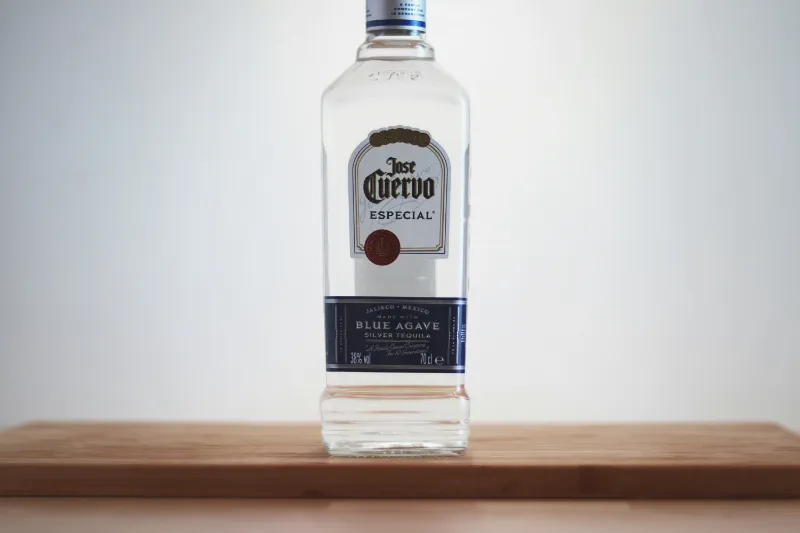
What Does Pulque Taste Like?
It’s like a milkshake or kefir due to its thick and foamy texture. The taste is acidic, a little sour, and yeasty, but it also has a hint of sweetness from the agave’s natural sugars. You can try this popular Mexican drink.
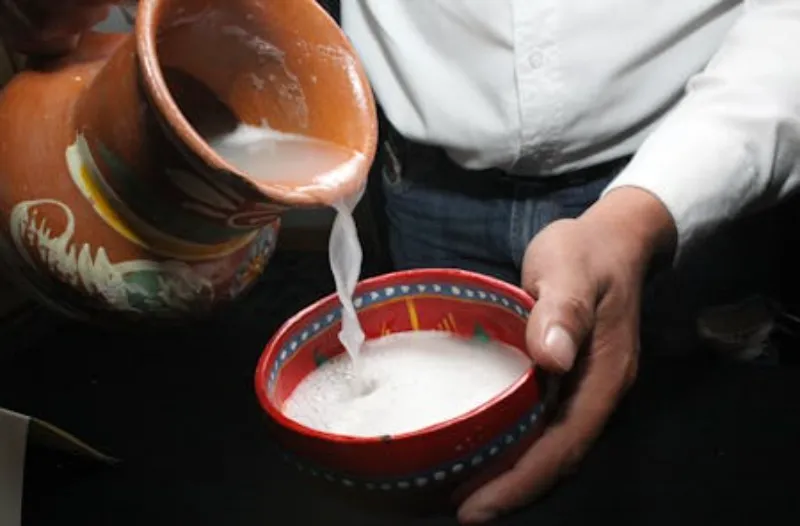
Curados, which are flavored pulques blended with fruits like pineapple, strawberry, or guava, are widely served at modern pulquerías. People usually drink this at a party. This makes the drink more palatable. It is also a traditional symbol for Mexican people.
Is Pulque an Alcoholic Drink?
Yes. Pulque is an alcoholic drink that is made by natural fermentation. Its alcohol content is typically low, ranging from 2% to 7%. That means it’s more like beer or kombucha than tequila or whisky.
Pulque is more than just an alcoholic beverage; it also contains a variety of minerals. Researchers have determined that it contains ascorbic acid, riboflavin, B vitamins, and approximately 10% natural sugars, making it a unique blend of food and drink. It was both a food source and a holy sacrifice before the Spanish arrived.
Pulque in Modern Mexico
During the 20th century, beer ruled the market, leading to the closure of pulquerías, which were once considered outdated and unsanitary. Today, however, it is experiencing a comeback in locations such as Mexico City and Puebla. Young people view Pulque as an opportunity to reconnect with their cultural and indigenous heritage, as well as a trendy, artisanal drink.
Tequila in Modern Mexico
Unlike Pulque, tequila has become Mexico’s most popular export. Protected by Denomination of Origin legislation, it promotes tourism in Jalisco and now boasts the distinction of producing excellent whiskies. Tequila, once a popular party drink, has evolved into a luxury spirit, with aged bottles fetching thousands of dollars and serving as Mexico’s cultural ambassador around the world.
Health and Nutritional Aspects
Does Tequila Have Health Benefits?
Some research indicates that moderate tequila use may have minimal health benefits. Fructans, a type of prebiotic fiber that may help intestinal bacteria, are found 100% agave tequila. That is beneficial for health. Tequila also has fewer calories than sugary beverages. You can pair your drinks with Mexican dishes like Quesabirria and Mexican Cactus. The safest way to consume tequila is to regard it as a treat, rather than a healthy drink. Then enjoy the party.
Is Pulque a Healthy Drink?
Pulque is better for you nutritionally. It has a lot of vitamins, minerals, and probiotics. In the past, it was also administered to nursing mothers and to individuals recovering from an illness. Now it has become a traditional drink. Like yogurt or kefir, pulque’s live fermentation microorganisms can aid digestion and promote gut health. It has no harmful effects.
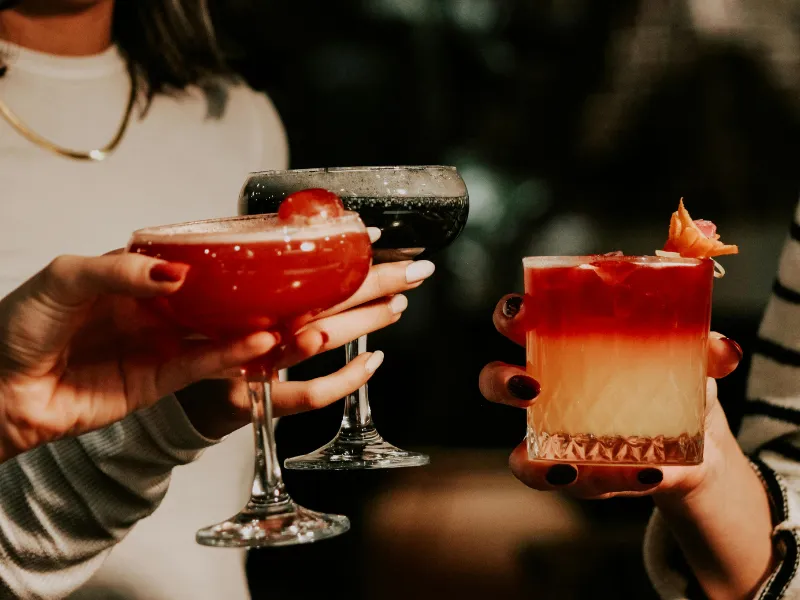
However, pulque also contains sugar and alcohol. It might be better for you than stronger spirits, but you should only drink it in small amounts. That’s better for your health. The push towards wellness is genuine, but so is the need for balance.
Conclusion
Pulque and tequila exemplify Mexico’s rich and diverse cultural heritage, encompassing both ancient and contemporary traditions. Pulque is an ancient, sacred drink for the new generation. On the other hand, Tequila is a modern, global spirit for people. Both have their own tastes, ways of making, and significant meanings.
If you’d like to try other Mexican dishes, such as Tlayudas pizza, Baja Med, or Sinaloan sushi, please get in touch with us.
